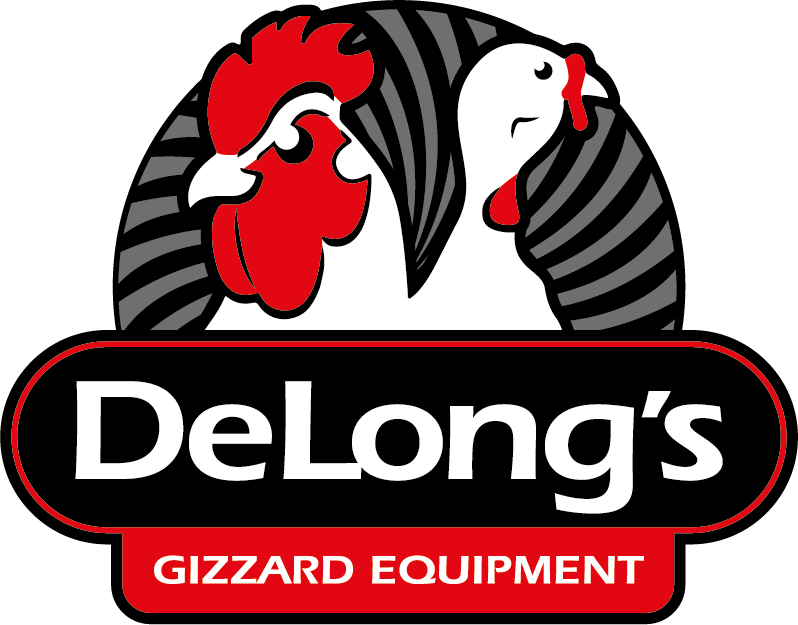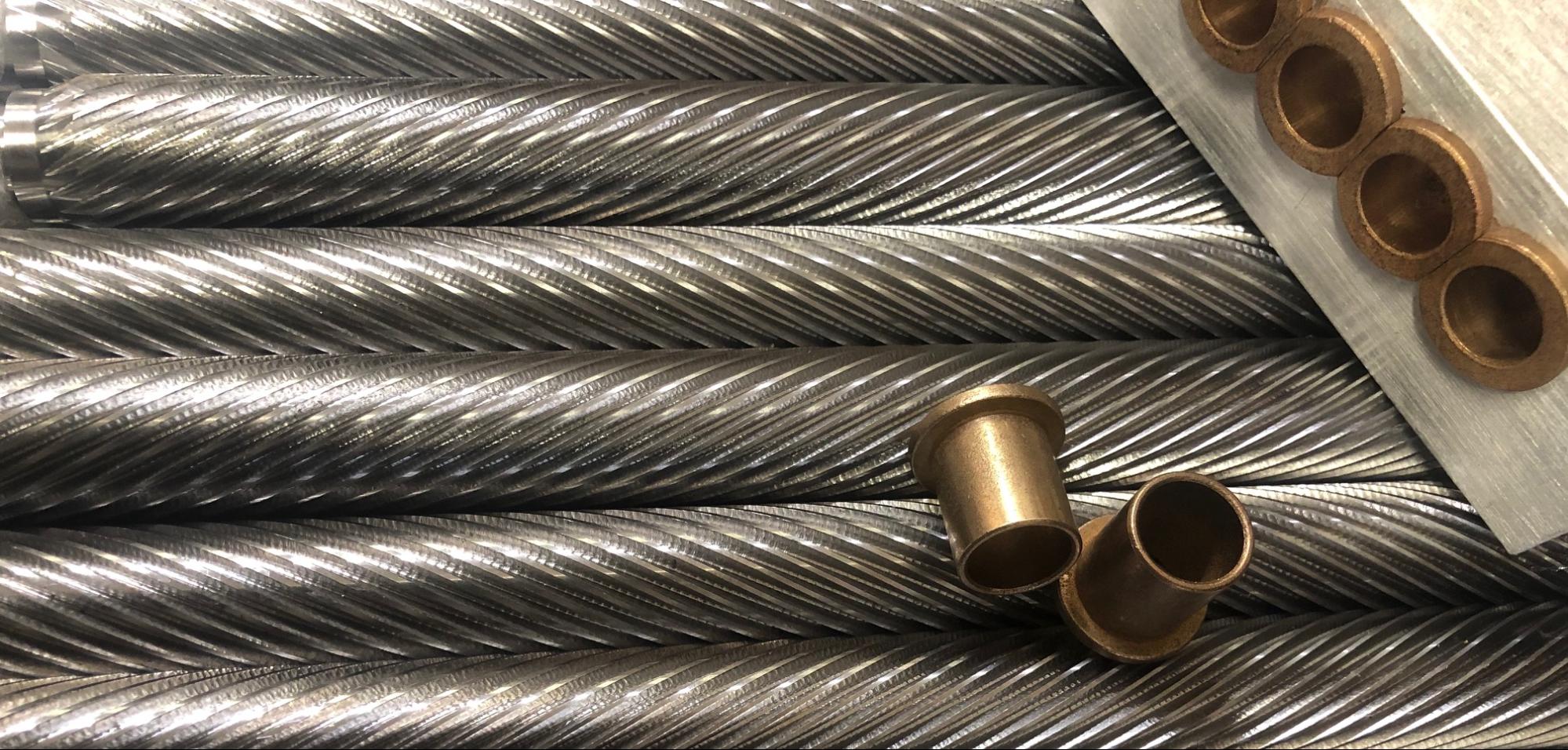
16 Jan Automatic Processing Lines Vs. Manual Processing Lines
There are always new developments in processing technology happennig. Even now, engineers are designing robots that can handle the intricassies of food processing that have long been reserved for humans. With all this new technology, manual processing lines still hold a range of benefits.
When choosing whether to invest in a manual poultry processing line, or an automatic processing line, it is important to take the capabilities of each into account. This post will detail the different benefits of manual lines and automatic lines and give you insights into which is better for different situations.
Manual Poultry Processing Lines
Advantages:
- Lower capital cost – Manual lines are a much lower initial investment than automatic lines.
- Low and easy maintenance – Manual lines have fewer parts to repair, or that can break.
- Low and easy sanitation – Manual lines are easier to clean than automatic lines.
- Operationally flexible – Manual lines can handle lots of different sizes of product and specifications while automated ones are better at creating a standard end product.
- Spatially adaptable – Manual lines can fit into spaces of different sizes and shapes and can adapt to existing buildings.
Disadvantages:
- More labor intensive – Manual lines require more qualified personnel than automatic ones.
- Slower processing speed – Manual lines cannot work as quickly as automatic lines.
- Variable operation – Humans can be less or more productive based on a number of variables (mood, health, etc.) and therefore the yield of manual lines is harder to predict.
- Less efficient use of water and energy – Manual lines waste more water and energy than automated lines.
- Muscular disorders – Repetitive tasks in manual lines frequently cause personnel to have physical injuries, or to need more frequent breaks.
- More personnel management – In order to maintain high productivity, manual lines require more management to keep personnel on task.
Automatic Poultry Processing Lines
Advantages:
- Less labor intensive – Automatic lines require less qualified personnel to operate than manual lines.
- Higher processing speed – Automatic lines are capable of higher processing speeds and yields than manual ones.
- Standardized operation – Automatic lines don’t rely on human emotions and health to be productive, and therefore have a more predictable yield.
- More energy efficient – Automatic lines can cut down on energy and water use significantly.
- Less personnel management – Automatic lines don’t require a manager to make sure personnel are working well.
- Clean in place technology – Some automatic machinery has clean in place technology or (CIP) which consists of a pump that shoots water and cleaning chemicals through a machine to sanitize every crevice.
Disadvantages:
- Higher capital cost – Automatic lines are a much bigger investment than manual lines, and are a much less affordable option.
- More maintenance required – Automatic lines include much more machinery than manual lines, and thus require much more time and money dedicated to maintenance and repairs.
- More sanitation required – Automatic lines that don’t have CIP’s require a more advanced sanitation strategy.
- Operationally inflexible – Usually one automatic line can’t handle lots of different bird sizes and different product specifications.
- Specific space specifications – Unlike a manual line, an automatic line usually requires a certain amount of free space in a plant. Most of the time, automatic lines require construction on the plant building in order to install.
Which is better?
As you can see, manual and automatic lines can both be a good solution based on the kind of plant and the specific needs of that plant. Neither kind of processing line is necessarily better than the other.
Manual lines are less expensive up front, but will decrease profit over the long run.
For this reason, they are better for smaller plants with less capital to invest, lower yield goals, and a smaller facility.
Automatic lines require a steeper initial investment, but increase overall profit in the long run. For this reason they are better for larger plants with more capital to invest, higher yield goals, and a larger facility. They can also be a great solution to plants that are looking to keep their number of personnel low and reduce costs on labor.
Smaller plants can use manual lines to get going quickly, and then add automatic lines where needed when they are ready to grow.
Hybrid lines which use both manual and automated processes can provide a middle ground to minimize the disadvantages and maximize the advantages of each.
It’s important to take all these factors into account when upgrading, improving, and building lines.



